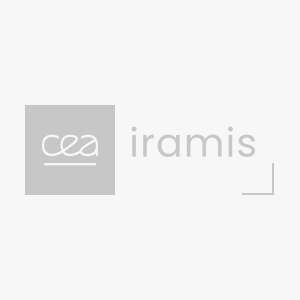NMR can be used to determine the “number fraction” of amorphous material present in a radiation damaged sample through spin-counting techniques. In samples with a known alpha dose, the number of atom displaced per alpha decay may be determined. Data from ancient, radiation damaged ZrSiO4(238U) have been compared with modern 238/239Pu doped ceramic ZrSiO4 samples. The number of atomic displacements per alpha particle from 239Pu is similar to that for 238U (4870 +/- 300/alpha). There are significant differences in the amorphous volume fraction and the number fraction of displaced atoms as a function of cumulative dose. These difference arise from local density considerations that manifest themselves in the local structure of the amorphous and crystalline phases. Using ab initio simulations of the damaged crystalline and amorphous regions, the magnetic response of these structures and hence the NMR shifts can be compared with experiment to reveal the nature of changes occuring at the local scale.
Types d’événements
Séminaire NIMBE
Ian Farnan (University of Cambridge, Dept. Earth Sciences)
NIMBE Bat 127, p.26
40 places
Vidéo Projecteur
Vidéo Projecteur
December 7 2005
to 14:00




